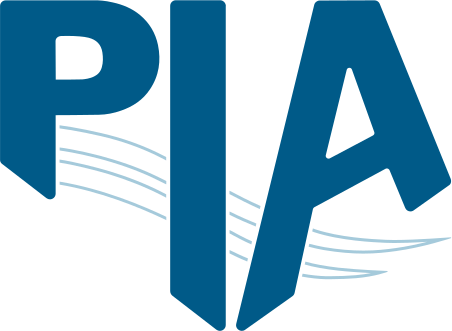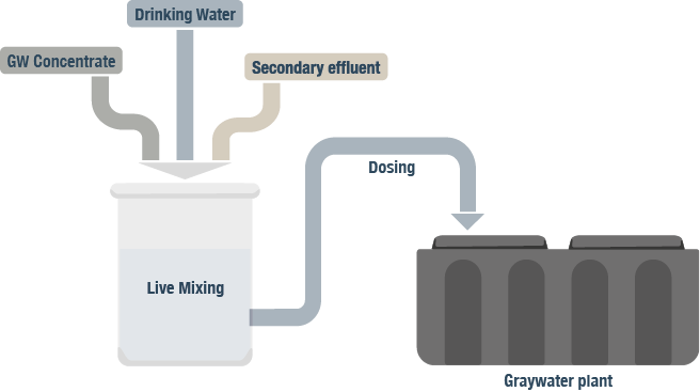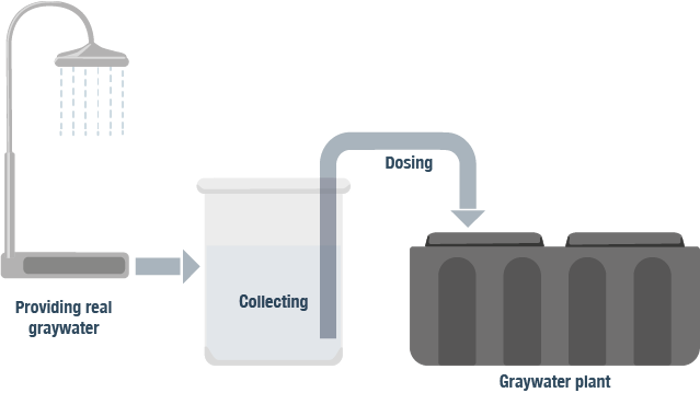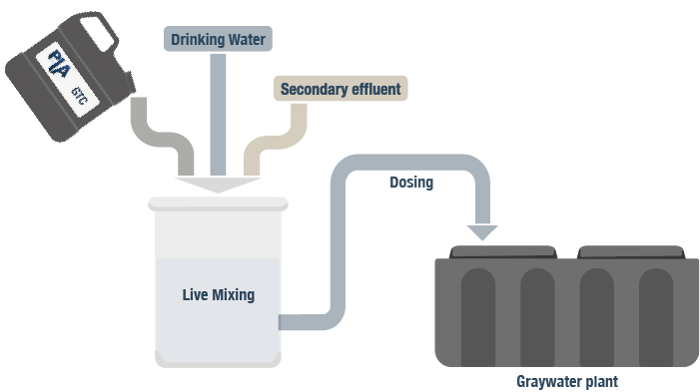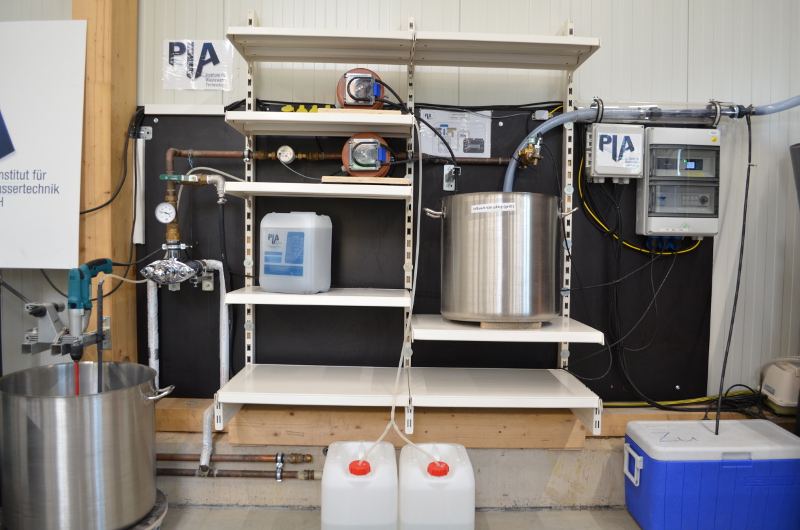Greywater plants
Greywater plants already have a high level of technical maturity and reliability. In addition to further technical optimisation, however, it is crucial to inform relevant customer groups in order to successfully market such plants.
An international comparison of such plants does not result in a homogeneous requirement profile due to a variety of norms, standards and requirements. In Europe and the vast majority of nations, there are no specific legal regulations for greywater plants. Even the definition of greywater frequently differs as to whether more strongly loaded kitchen effluents should be taken into account and where recycled greywater can be used.
By testing according to existing regulations and orientating to national fact sheets and rules, one/the industry can create an appropriate means to ensure access to national domestic markets today and to demonstrate the quality of products to customers effectively.
Greywater plants are often combined with rainwater systems..
PIA offers the following different test methods:
Rainwater systems
Rainwater runoff from roofs and other surface areas can be collected and stored for water reuse purposes.
The European Standardization Committee CEN/TC165/WG50 developed a standard for the collection, treatment and reuse of rainwater for private or commercial use which was published June 2018.
EN 16941-1:2018 On-site non-potable water systems - Part 1: Systems for the use of rainwater
This European Standard specifies the requirements and gives recommendations for the design, sizing, installation, identification, commissioning and maintenance of rainwater harvesting systems for the use of rainwater on-site as non-potable water. This European Standard also specifies the minimum requirements for these systems.
On-site collection and use of rainwater covers a variety of applications like toilet flushing, laundry, irrigation, climate control of buildings, cleaning, etc. at private and rented properties, residential areas, community developments, industrial sites, hotels, streets, parks, golf courses, theme parks, car parks, stadia.
Wastewater systems
There are also test methods for plants that treat all domestic wastewater (small sewage treatment plants). If the plants pass, these tests allow the re-use of treated black water.
The effluent from qualified plants can be used, for example, to flush toilets or irrigate gardens, depending on the test carried out.
The test methods offered for domestic small sewage treatment plants are as follows:
» NSF/ANSI 350
Full American test methods for domestic small wastewater treatment plants for water re-use with numerous possibilities for end use.
» AS 1546.3
Standard for performance and approval testing of small wastewater treatment plants in Australia. A restricted re-use of treated wastewater is possible outdoors.
Industrial plants
Commercial and industrial plants have to fulfil various tasks. Depending on the requirement profile (e.g., laundry, community property, public buildings), individual measures must be applied for type or on-site testing. Appropriate measures for testing, monitoring and maintenance must, therefore, be developed and verified individually.
In addition to the examination of such systems by PIA’s own methods, products can also be certified according to NSF/ANSI 350.

Performance Certificate
Individually selectable test requirements for the simulation of selected scenarios (creating a performance certificate).
BMBF selects Aachen network for wastewater reuse
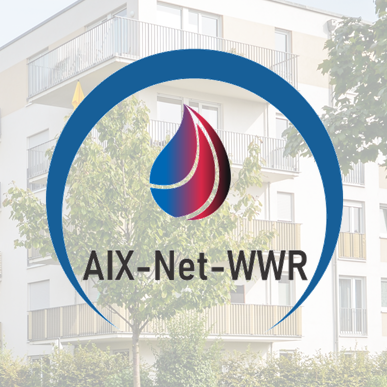
The Aachen alliance “Aachen Network for Waste Water Reuse” (AIX-Net-WWR) was selected by the BMBF to interdisciplinary develop innovative solutions for wastewater reuse. PIA GmbH is part of this alliance and will work on monitoring technology and the development of a validation methodology in the coming years. More information on the project is available via » this link.
(Information only in German; for further questions please contact )
Publication of the standard DIN EN 16941-2:2021-11
In November 2021, the standard DIN EN 16941-2:2021-11 On-site non-potable water systems – Part 2: Systems for the use of treated greywater was published.
This standard establishes requirements for the design, sizing, construction, installation, operation, and maintenance of graywater treatment systems.
The treated water can be used for garden irrigation, toilet/urinal flushing, washing and cleaning purposes.
Use of the treated graywater for purposes such as drinking water, personal hygiene water, or heat recovery is not permitted.
Annex D provides examples of water quality requirements for the various uses. This annex is an informative annex.
Publication of the new European Standard for the use of Rainwater in June 2018
EN 16941-1:2018 On-site non-potable water systems - Part 1: Systems for the use of rainwater
This European Standard specifies the requirements and gives recommendations for the design, sizing, installation, identification, commissioning and maintenance of rainwater harvesting systems for the use of rainwater on-site as non-potable water. This European Standard also specifies the minimum requirements for these systems.
Veröffentlichung des australischen Grauwasser Standards AS 1546.4:2016 „On-site domestic wastewater treatment units – Domestic greywater treatment systems“
Ende November 2016 wurde der neue australische Grauwasser Standard veröffentlicht. Nach mehreren Jahren Bearbeitungszeit konnte der Standard fertiggestellt werden und beinhaltet neu erarbeitete Anforderungen an Grauwasseranlagen. Der zuletzt geltende Standard aus dem Jahr 2008 wurde ersetzt und alle in Australien geltenden Richtlinien wurden in den Standard aufgenommen, welche sich teils maßgeblich von anderen aktuellen Grauwasserstandards unterscheiden. Der Hauptunterschied liegt darin, dass im australischen Standard für die Prüfung reales Grauwasser verwendet wird und ein Challenge-Test mit synthetischem Grauwasser ergänzt werden kann.
Der neue Teil des australischen Standards, 1546.4:2016, ergänzt die Reihe um ein Prüfverfahren für häusliche Grauwasseraufbereitungsanlagen mit einer täglichen Behandlungskapazität von bis zu 1000 L/Tag.
